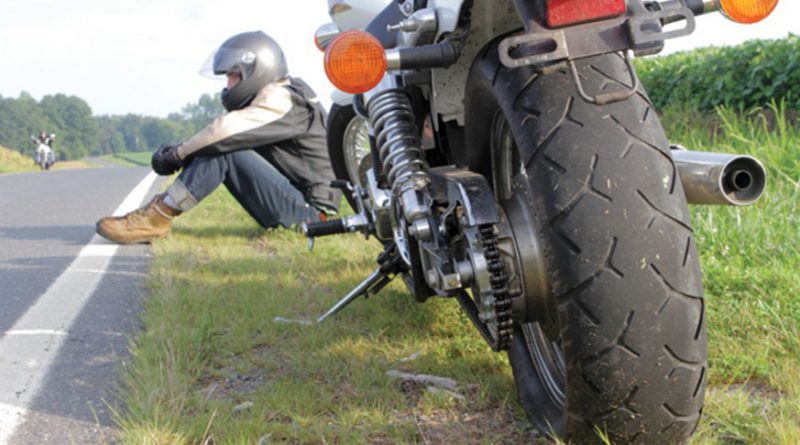Why Marijuana Delivery Via Bicycle Is Banned (And How To Legalize It)
/https://specials-images.forbesimg.com/imageserve/60b599af9cb66610154c9ae8/0x0.jpg)
“Delivery”—be it summoning to your door a plate of pasta, a bottle of wine, or a new couch—is a way of life in New York City. This was true even before the pandemic, when for months the only activity on otherwise deserted streets was the constant whiz of essential workers on electric bicycles, ferrying toilet paper, snacks, and anything else that can be stuffed in a backpack to apartment lobbies and beyond.
Delivery is also the classic mode of obtaining cannabis in New York—which, depending on whom you ask, could be the biggest single market for marijuana in the United States. This is logical. For most of the past 30 years, New York City was the national capital for marijuana arrests. Conducting business indoors was the best way to ensure that business was conducted away from prying eyes of meddling neighbors and troublesome police. And while underground dispensaries and pop-up markets existed then and now, a static location invites complications. Inviting the marijuana deliveryman up to your apartment for a brief trunk show and awkward chat before the inevitable sale is simply the smart thing to do.
But for how much longer? Owing to the difficulty of driving around the boroughs, delis and restaurants rely on the aforementioned electric bikes. Existing (underground, illegal) cannabis delivery services—which aren’t far removed at all from the bike-riding Guy in High Maintenance—aren’t much different. And they may be on the way out.
For now, marijuana legalization and bicycles simply don’t mix.
AFP via Getty Images
Though the legalization law passed by the state Legislature and signed into law by Gov. Andrew Cuomo in March explicitly legalizes delivery, the method of transportation is not specified. And in other states where cannabis delivery is legal, cannabis delivery is restricted to via automobiles only. This bike ban applies in bike-friendly cities like San Francisco and Portland, Oregon (along with everywhere else in California, Oregon, Massachusetts, and other states that have legalized adult-use marijuana).
What’s wrong with weed on two wheels? Safety, mostly. For the first few years of legalization, in most states, all delivery was banned outright over safety concerns. Driving a car is considered safer than pedaling around town with pot. These days, delivery regulations vary state by state, but requirements include a locked goods box, cameras recording the entire process, and a delivery agent accompanying a driver.
The situation would be different if legal cannabis weren’t almost entirely a cash-only business. Outmoded federal banking rules discourage most major financial institutions, including merchant services providers and credit-card processors, from working with state-legal cannabis businesses. Customers pay for weed in cash, dispensaries pay their taxes in cash. Whether a realistic threat or not, lawmakers, regulators, and many members of the general public believe the immense amount of hard currency floating around cannabis encourages crime.
It stands to reason New York will likely follow the lead of other states and impose strict rules that either forbid two-wheeled transportation or impose so many onerous restrictions that using a motorbike, scooter, or bicycle is impossible. These just happen to be most practical delivery methods in New York, because the streets are crowded and because delivery customers are impatient.
The predictable practical result of this, at least in New York City, will be interminable waits for deliverypeople driving cars stuck in traffic. This will in turn encourage consumers to patronize storefronts, or unlicensed services.
SAN DIEGO, CA – DECEMBER 4: A billboard advertising home delivery of marijuana stands over Venice … [+]
Corbis via Getty Images
In the short term, this sounds like good news for Your Guy. In California, an estimated 75 percent of underground (illegal) cannabis transactions is conducted by delivery. It stands to reason illicit and unlicensed deliveries will continue even after legal commercial storefronts open in New York—but it also stands to reason that police, addicted to marijuana arrests for many years, will welcome the opportunity to start busting wrongdoers again. And since unlicensed sales are still illegal, cannabis couriers are a prime opportunity for police to crack down.
One fix that could encourage the legalization of bicycle-drawn marijuana delivery would be federal banking reform. If deliverypeople didn’t carry cash (or carried less cash), the safety argument for banning bicycle delivery would carry less weight.
Safety is how proponents are pushing banking reform, although despite broad support from the public and in the House of Representatives, the US Senate hasn’t demonstrated much interest in the SAFE Banking Act or other bills that would specifically allow major banks to process cannabis debit and credit-card transactions.
Last year, California lawmakers introduced a bill that would have specifically legalized marijuana delivery via bicycle. It went nowhere in the state Legislature. New Yorkers should expect similar frustration until Congress makes its move. Until then, delivering cannabis the same way alcohol or anything else is delivered—via bicycle—will still be illegal. (Not like that stops anybody, but still.)

